"Return-Loads Bureaus to Save Waste in Transportation" written by the Highways Transport Committee of the Council of National Defense, is a bulletin published in 1918 to promote the efficient use of motor trucks during World War I. The book focuses on solving transportation problems like delays and shortages by creating Return-Loads Bureaus, which are local offices within Chambers of Commerce. These bureaus would connect shippers with truck owners, making sure trucks didn't travel empty on return trips. The main purpose of the book is to alleviate the strain on railroads by offering a faster shipping option and improving transportation efficiency through cooperation and organization among local businesses. With practical steps and real examples provided, the story highlights the importance of collaboration to resolve logistical problems attributed to World War I.

Return-Loads Bureaus to Save Waste in Transportation
By United States. Council of National Defense. Highways Transport Committee
During a time of war, a call to action rises to eliminate empty truck rides by matching cargo with available transport, streamlining logistics.
Summary
About the AuthorInformation on this author is scarce, but their work continues to inspire readers.
Information on this author is scarce, but their work continues to inspire readers.
More Like This
Explore books similar to the one you're viewing
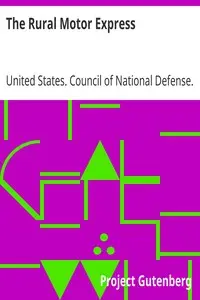
The Rural Motor Express To Conserve Foodstuffs and Labor and to Supply Rural Transportation.
By United States. Council of National Defense. Highways Transport Committee

'Return Loads' to Increase Transport Resources by Avoiding Waste of Empty Vehicle Running.
By United States. Council of National Defense. Highways Transport Committee
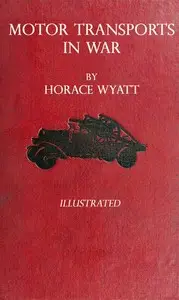
Motor Transports in War
By Horace Wyatt

The motor-bus in war : $b being the impressions of an A.S.C. officer during two and a half years at the front
By A. M. Beatson
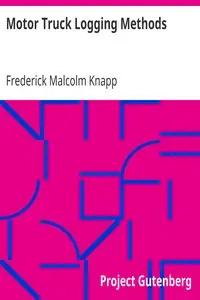
Motor Truck Logging Methods Engineering Experiment Station Series, Bulletin No. 12
By Frederick Malcolm Knapp

Address by Honorable William C. Redfield, Secretary of Commerce at Conference of Regional Chairmen of the Highways Transport Committee Council of National Defense
By United States. Council of National Defense. Highways Transport Committee

Introduction of the Locomotive Safety Truck Contributions from the Museum of History and Technology: Paper 24
By John H. White
More by This Author
Discover other books written by the same author

Address by Honorable William C. Redfield, Secretary of Commerce at Conference of Regional Chairmen of the Highways Transport Committee Council of National Defense
By United States. Council of National Defense. Highways Transport Committee

Address by Honorable Franklin K. Lane, Secretary of the Interior at Conference of Regional Chairmen of the Highways Transport Committee Council of National Defense
By United States. Council of National Defense. Highways Transport Committee

'Return Loads' to Increase Transport Resources by Avoiding Waste of Empty Vehicle Running.
By United States. Council of National Defense. Highways Transport Committee

The Rural Motor Express To Conserve Foodstuffs and Labor and to Supply Rural Transportation.
By United States. Council of National Defense. Highways Transport Committee

Return-Loads Bureaus to Save Waste in Transportation
By United States. Council of National Defense. Highways Transport Committee
Related by Category
Discover books in the same genre or category

The Popular Science Monthly, July, 1900 Vol. 57, May, 1900 to October, 1900
By Various
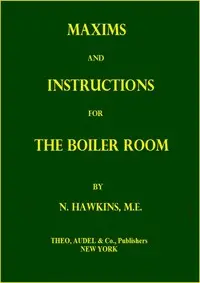
Maxims and Instructions for the Boiler Room Useful to Engineers, Firemen & Mechanics; Relating to Steam Generators, Pumps, Appliances, Steam Heating, Practical Plumbing, etc.
By N. (Nehemiah) Hawkins
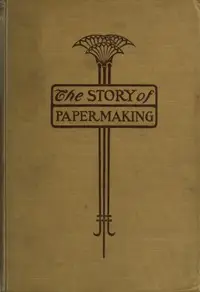
The Story of Paper-making An account of paper-making from its earliest known record down to the present time
By Frank O. Butler

Fireplaces and Chimneys
By Arthur H. (Arthur Henry) Senner
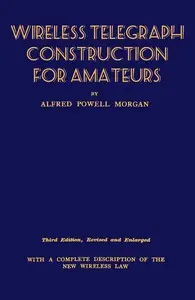
Wireless Telegraph Construction For Amateurs
By Alfred Powell Morgan
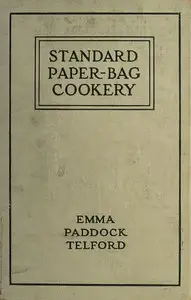
Standard Paper-Bag Cookery
By Emma Paddock Telford
Account Required
You need an account to complete this action.
